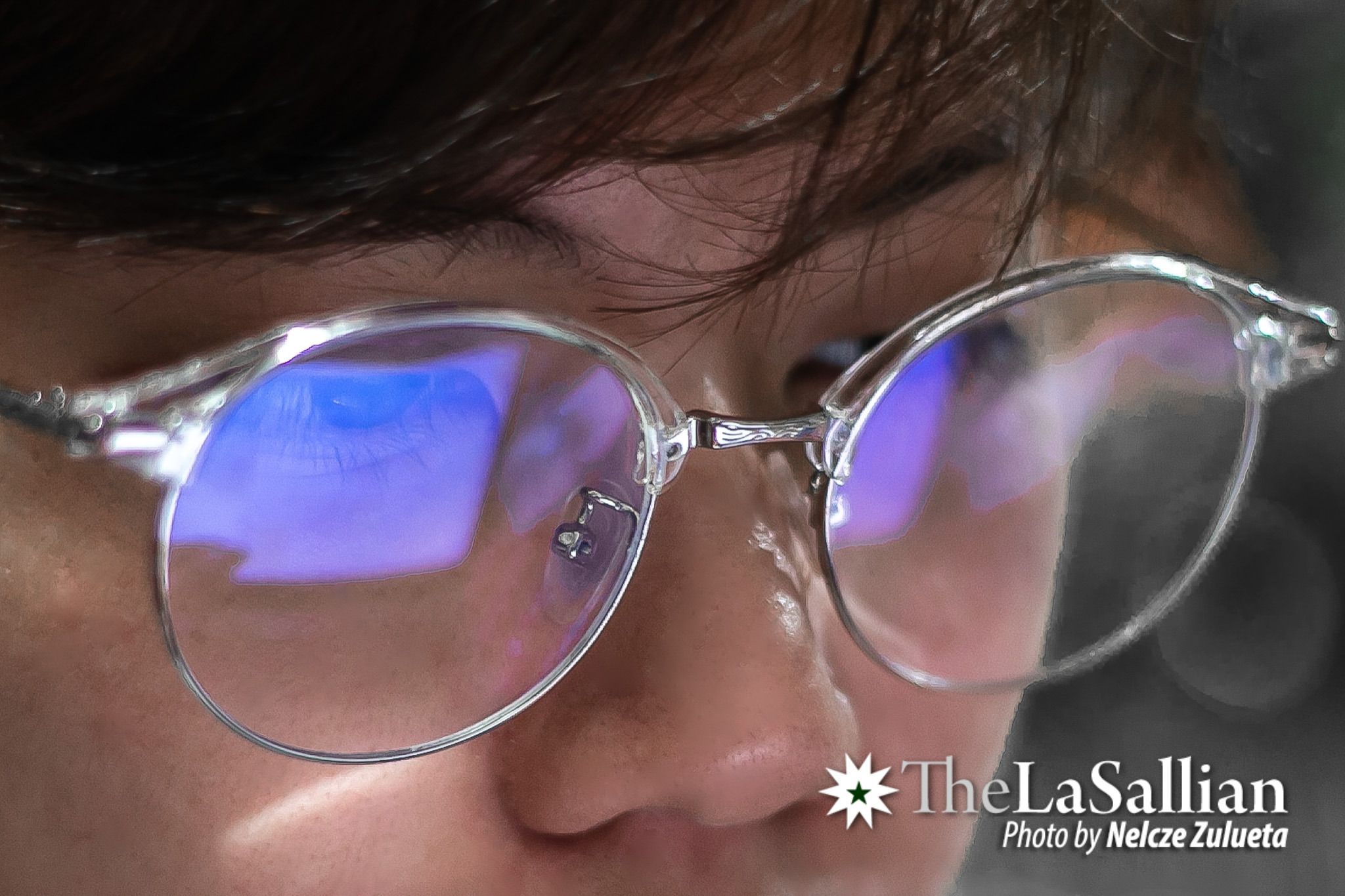With the pandemic shifting public spaces online, virtual learning has monopolized the school year. Lecturers and students across the globe, who in the past met face-to-face, now engage in their classes through their devices. As citizens adjust to the current circumstances, going to school may mean extended exposure to digital screens.
As education becomes more dependent on technology and the internet, the adoption of distance learning may influence eye health. Considering that the online classes allow for potential eye strain, individuals need to gauge how to adapt to device-based instruction. While the devices may not immediately create eye problems, extended use may more readily reveal them.
Screens have glare, bright light, or poor contrast that can exhaust and dry the eyes after prolonged use. Frequent exposure to computers, laptops, cellphones and other devices compel those with, uncorrected or poor vision to work harder to see and process visual stimuli. While we strive to minimize disease transmission during the pandemic through quarantine orders, there is also a need to implement innovative strategies to ensure proper ocular wellness.

New solutions
Electronic devices with a screen typically emit blue light—visible light with a wavelength between 400 and 450 nanometers (nm). This type of light is perceived as blue, but it is also present in white light, which is composed of visible light whose wavelengths make the colors blue, red, and green. It has more energy per photon of light than other colors in the visible spectrum. At high enough doses, it may cause toxic effects and a phenomenon known as oxidative stress, where there is an imbalance between antioxidants and molecules known as free radicals.
According to Dr. Jennielyn Reyes, an optometrist at Solapco Optical Clinic, blue light primarily causes glare, leading to symptoms such as headache, redness, burning sensation, eye fatigue or spasm, and excessive production of tears. She states that long-term exposure may even cause irreversible retinal diseases like age-related macular degeneration, an eye condition that can blur sharp central vision needed for activities such as reading and driving.
Investing in blue light filtering lenses may be a possible solution to avoid the detriments of long periods of screen time. Reyes elaborates that these filters are lenses that should allow essential blue light to pass through the eyes and refrain the “bad blue light”, which is from 415nm to 455nm. She emphasizes that use of these blue filter glasses prove helpful as they boost productivity due to the absence of symptoms that may hinder individuals from working from home or attending online lectures.
But while effective filters can either reflect or absorb blue light, some may block blue light completely, which may contribute to abnormal sleeping patterns, changes in mood, and difficulty with color perception, Reyes notes.
Double vision
Although many experts assert that blue light is disruptive to sleep and harmful to the eyes, some have challenged the notion. In 2019, a team of researchers from the University of Manchester found that blue light does not have as strong an effect on the body clock as white or yellow light.
A protein in the eye called melanopsin that is dedicated to measuring brightness is a factor in maintaining one’s circadian rhythm. It is more sensitive to shorter wavelengths, which the researchers suspected to be the reason why blue light was associated with difficulty sleeping. They argued that cool colors are often connected with twilight and therefore may have little effect on changing sleeping patterns. They also suggested that the use of bright warm lights in the daytime and dim cool lights in the nighttime may be more comfortable.
As the effects of exposure to blue light are still being researched and occasionally debated, specialists recommend that people exercise caution when using devices for long periods of time by using filter lenses, adjusting display brightness, and sitting at a distance from nearby work points to protect their eyes. The use of alternatives such as transition lenses and night mode settings may also be effective eye care. Most importantly, consulting with a doctor is vital in ensuring one’s eyes are healthy. “[Getting] regular eye examinations is a must,” Reyes advises.
